Sipping Easy: Exploring Food Pairings for Smooth Merlot
May 29, 2024

Merlot has been a popular grape for over 200 years. Why, you ask? Because it's remarkably smooth for a red wine. But what do we mean by smooth merlot
? It's about the level of acidity. The smoothest wine has a texture akin to milk, while the most acidic can feel as tart as biting into a lemon. Merlot leans slightly towards the milk side, with a moderate acidity that’s less pronounced than in varietals like Cabernet Sauvignon.
So, what does less acidity mean for you? It means you can enjoy Merlot on its own without needing food to balance it out. It causes less palate fatigue because its structure isn’t as drying or as sharply acidic as some other grapes. This is why Merlot is often recommended as a starter red wine. However, "starter" doesn’t imply it lacks sophistication. Depending on where it's grown, Merlot can offer extraordinary complexity in its flavors.
Merlot’s smooth
texture makes it a versatile companion to many meals, being unfussy in its pairings. Moreover, Merlot is second only to Cabernet Sauvignon in terms of production and it is used in some of the most coveted blends in world renowned regions like Bordeaux. Its soothing and emulsifying nature, along with its flourishing aromatics, make it a perfect blending partner.
Common foods that pair well with Merlot include poultry, like turkey and chicken, pork, spaghetti and meatballs, lamb, and portobello mushrooms. Merlot doesn’t require a rich meal but pairs beautifully with hearty dishes. Its adaptability and smoothness make it an easy favorite at the dinner table.
Furthermore, Merlot’s versatility extends to cheese pairings as well. It matches well with a variety of cheeses, from mild options like mozzarella and brie to more robust choices like aged cheddar and Gouda. This makes it an excellent choice for wine and cheese parties, where its balanced acidity and rich flavors can complement an array of snacks and hors d’oeuvres. Find how to curate your ideal charcuterie mix
or follow this prebuilt recipe
Whether it’s with food or without, Merlot’s smooth
, less acidic nature, combined with its complex flavor profile and versatility, makes it a beloved choice for wine enthusiasts around the world. Enjoyed it on its own, as part of a blend, or paired with a hearty meal. Its rich history and enduring popularity are testaments to its exceptional qualities and universal appeal. Merlot continues to be a staple in the world of wine.
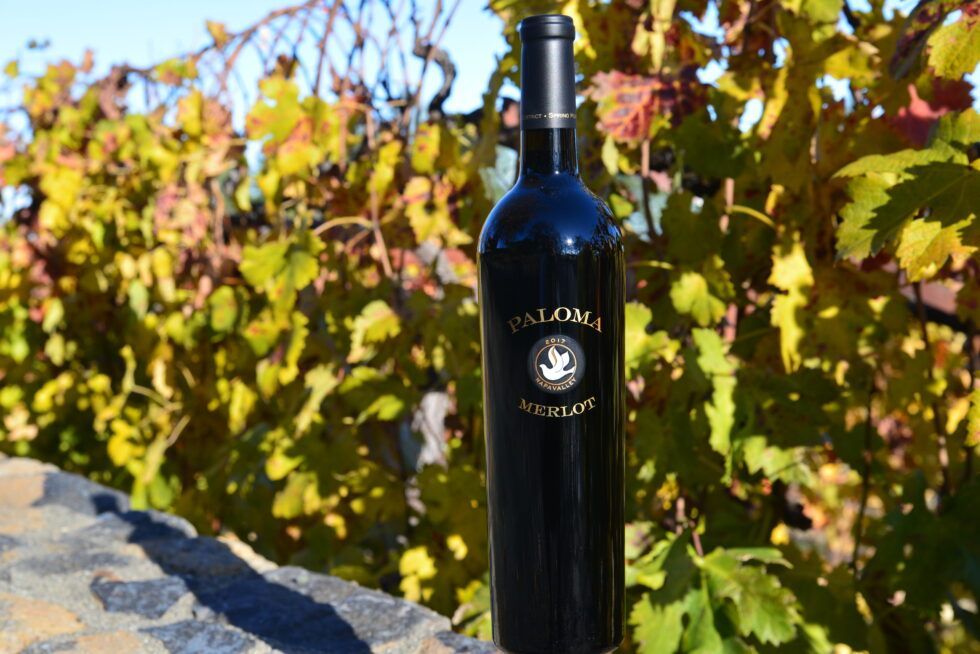
By caston_treetops
•
April 16, 2025
The swirled liquid boasts vanilla raspberry, plummy cassis, and a slight cooling floral undertone of cocoa. On the pallet, hot spice presents itself like cinnamon candy. The elegant tannins sting mid-way in this medium bodied wine. Swallowing leads to a long finish...
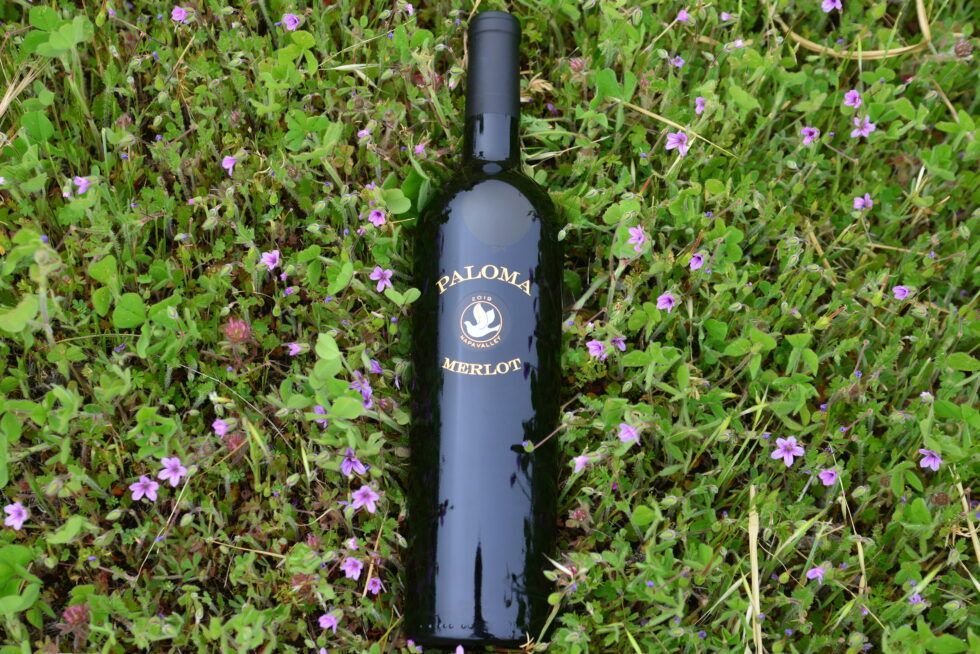
By caston_treetops
•
April 16, 2025
Paloma's 2019 Merlot opens with cranberry and rich cassis followed up with a slight dry mocha aromatic. This wine unfolds like a flower as you taste. It lands in the mouth with small strings of tannin and carries itself on a cool floral body. Its weight is just...
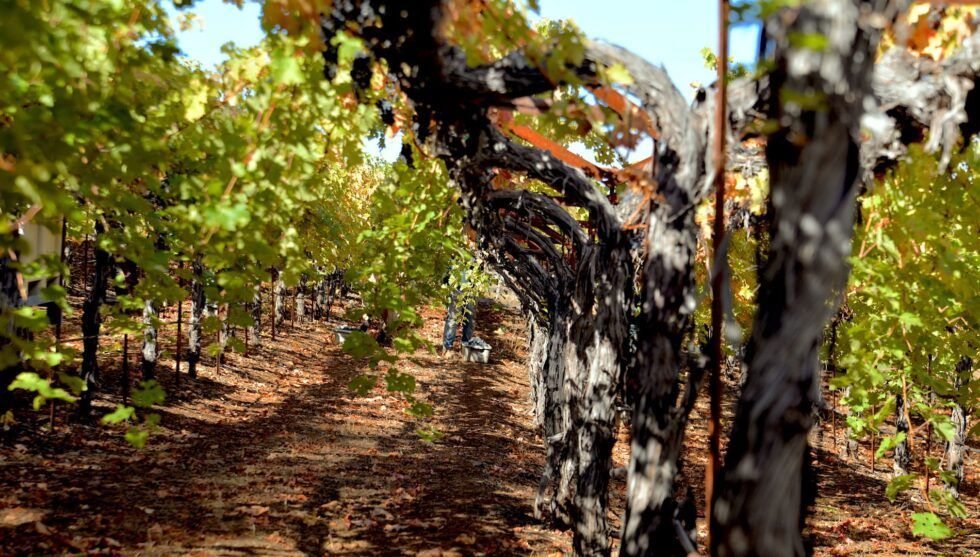
By WSI
•
March 26, 2025
At Paloma Vineyard, sustainability is more than just a practice—it’s the foundation of everything we do. Nestled on Napa Valley’s Spring Mountain, our small, family-run vineyard has been embracing sustainable and regenerative farming for over four decades. Every choice we make, from cover cropping to solar power, reflects our deep respect for the land and our commitment to producing exceptional wines that honor both our family legacy and the environment.
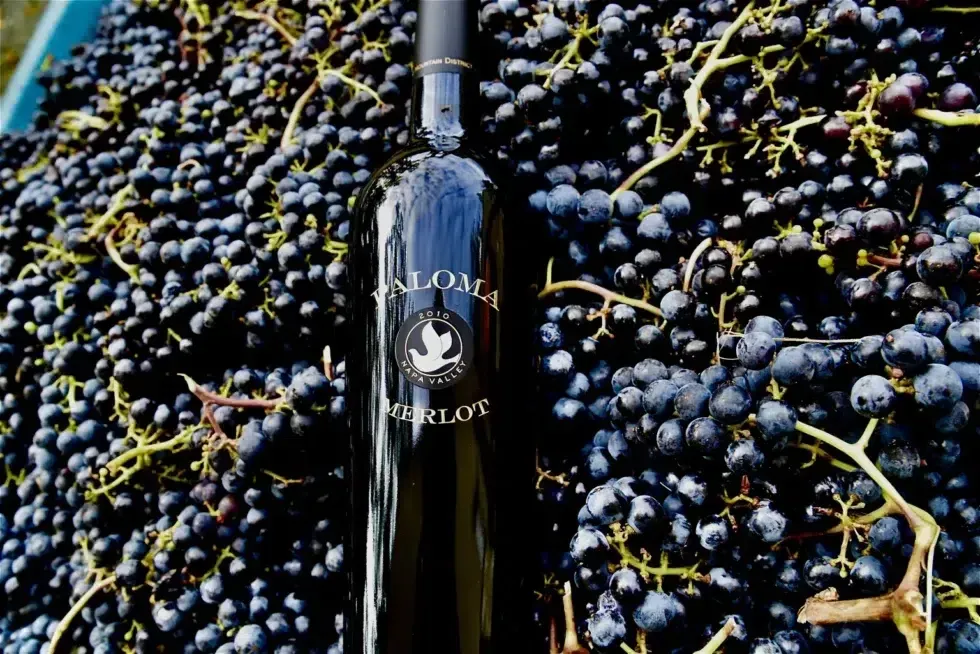
By WSI
•
March 6, 2025
Merlot has captivated wine enthusiasts for over two centuries with its smooth texture, rich flavors, and remarkable versatility. As one of the most widely planted grape varietals in the world, Merlot holds a prominent place on dinner tables and in wine cellars from Bordeaux to Napa Valley. But what makes Merlot so special? The answer lies in the grape’s adaptability, the care that goes into its cultivation, and the sense of place reflected in every bottle.

By taste_2420_views_enjoy
•
January 14, 2025
Have you ever been to a tasting where all you hear is the sound of the birds, wind, and the winemaker talking? No?! Then you haven’t visited Paloma Vineyard. Our personal team of furry greeters will meet you at your car and escort you up our steps to the owner’s home,...
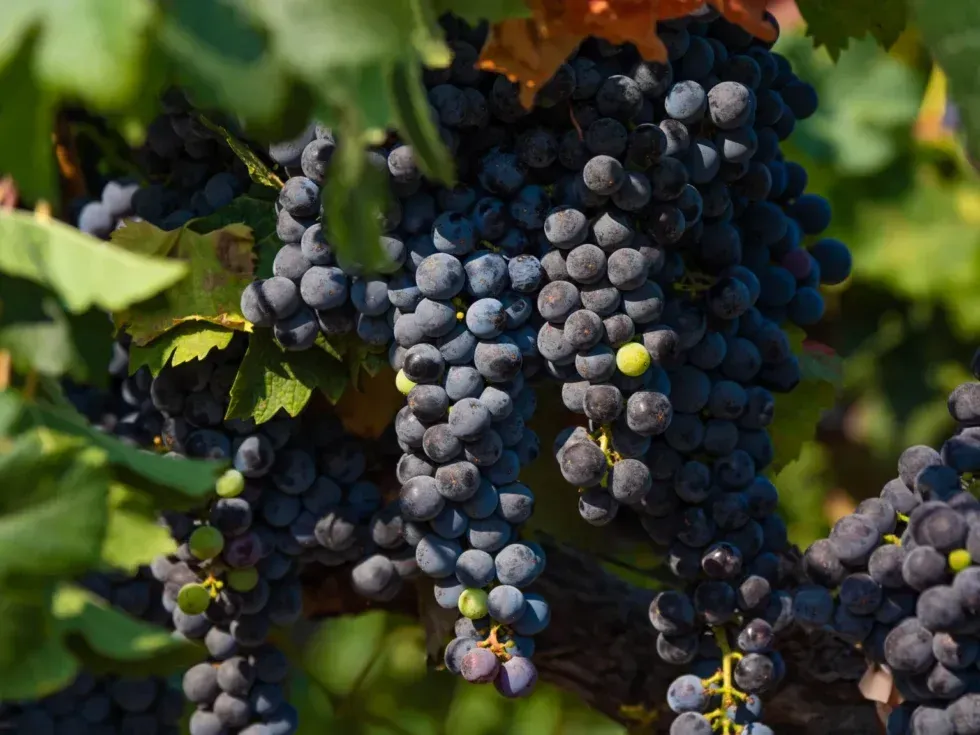
By taste_2420_views_enjoy
•
January 13, 2025
As Barbara, our matriarch, always said, “it starts in the vineyard.” Sustainability has become an essential practice for businesses looking to lead the way in their industry. While adapting to new practices can be challenging, it offers a unique lens to reexamine the...

By taste_2420_views_enjoy
•
January 10, 2025
Since Barbara and Jim purchased the 17 acres of land at the top of Spring Mountain in 1983, our goal has never shifted–creating a winery that feels like home. By 1992, that dream was fully realized when Barbara and Jim finished construction of their home inside the...
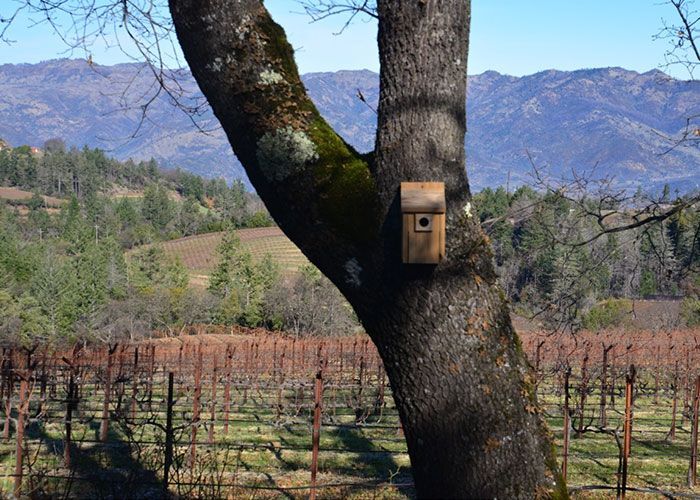
By taste_2420_views_enjoy
•
December 31, 2024
At our sustainable winery and vineyard , every choice we make reflects our commitment to preserving the environment and crafting exceptional wines. From innovative trellising systems to thoughtful vineyard management, we strive to balance nature’s needs with our vision for creating wines that tell a story in every sip.
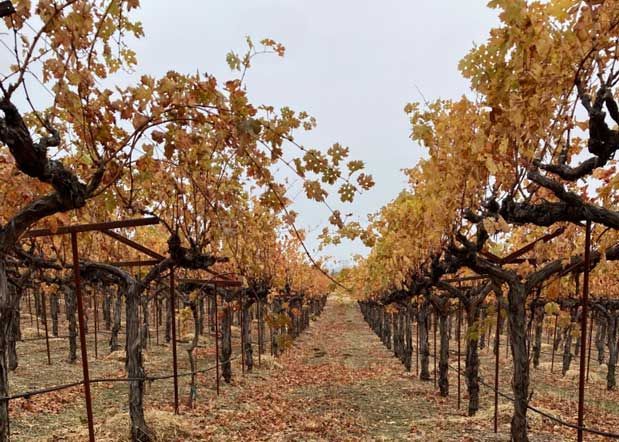
By p_hummingbird_2420_golden_rays
•
December 12, 2024
As a family-run winery on Napa’s Spring Mountain, we’ve spent over 40 years embracing methods that respect both the land and future generations. Sustainable wine and our winemaking is a year-round commitment, and for us, every decision, from vineyard management to bottling, is an opportunity to honor this responsibility.
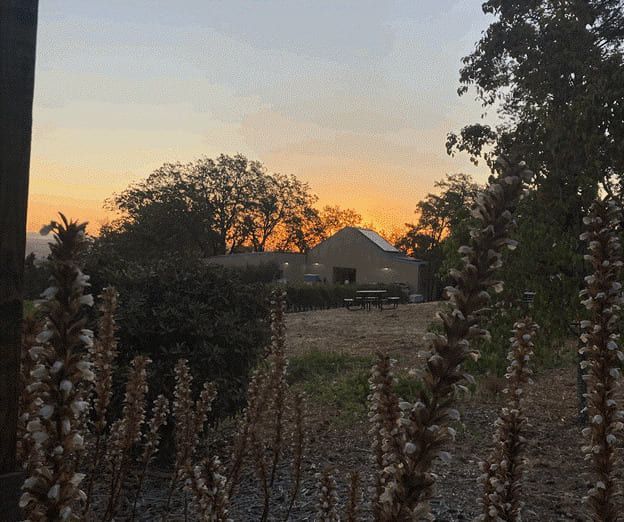
By taste_2420_views_enjoy
•
November 26, 2024
At Paloma Vineyard, we don’t just grow grapes—we cultivate sustainability. Nestled on the slopes of Spring Mountain, our vineyard is a source of exceptional wine; it’s a living, breathing ecosystem. For over four decades, we’ve embraced sustainable practices, but today, we take it further with regenerative farming , ensuring that our land thrives not just for us but for generations to come.





